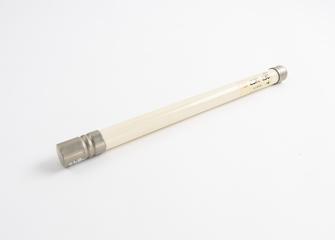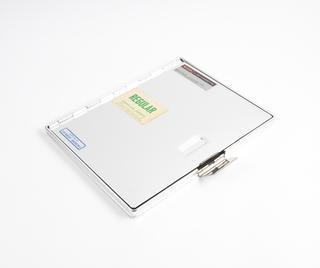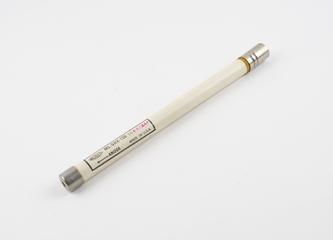
Mackenzie-Davidson thread localizer
Mackenzie-Davidson cross-thread localizer, for accurately locating foreign objects in the body, made by H. W. Cox and Co., London, England, 1908-1919.
James MacKenzie Davidson was an early advocate of the potential value of X-rays, and in the late 1890s produced some of the first X-ray images (known as skiagraphs) ever taken in Scotland. In 1897 he became consulting surgeon at London’s Charing Cross Hospital, specialising in ophthalmic medicine. The following year he introduced his ‘cross-thread localiser’. This device made it possible to more accurately locate objects hidden or embedded in the body, such as artillery fragments. The localiser had an obvious military application and was used both the Boer and First World Wars.
Visualising and locating the position of hidden fragments in 3D was possible through using a series of 2D skiagraph images in conjunction with the apparatus. This allowed operators to plot an estimated position for them within the real body of the patient who had been X-rayed. The operators, who were often women, employed a triangulation method to estimate depth using stereoscopic skiagraphs of the wound site taken from different angles.
Details
- Category:
- X-rays
- Object Number:
- 1950-274
- Materials:
- wood (unidentified), glass and metal (unknown)
- Measurements:
-
closed: 92 mm x 446 mm x 555 mm, 11.5 kg
- type:
- thread localizer
- credit:
- Reynolds, Dr. Russell




